5. Rabid Dogs (1974) – Mario Bava
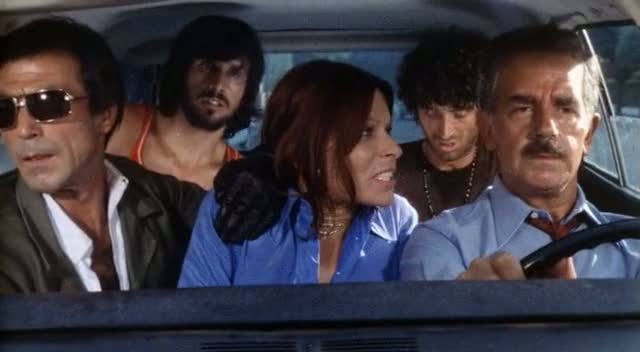
Mario Bava can enjoy the no-contest title of ‘the Godfather of Italian horror’ – he was the pinnacle of said field and the eager maestros that followed owed a heavy debt to his elegant palette of color and brooding tension.
A talented cinematographer as well, he created such lush and beautiful imagery in macabre contexts that his best (“Black Sunday”, “The Whip and the Body”, “Blood and Black Lace”) have a timeless quality that stand tall next to his contemporaries. With such a distinct aesthetic, it’s surprising that his last masterpiece was about as far from any that came before it.
Without a doubt, he flourished and is best known for horror, but like all Italian genre directors, he tried his hand at several other categories – Spaghetti Western, fantasy action, Viking picture. Hell, he was even the first to take a comic book character out of the camp arena and make it sexy and adult with “Danger Diabolik” (1968) (ironically, it has aged into a camp classic).
Yet, after the troublesome production of his lush and moody “Lisa and the Devil” (1973), his career was in dire straits. The hottest grindhouse ticket in Italy circa early 1970s was the Poliziotteschi genre, and Bava jumped into the field with a desire to completely reinvent himself as a filmmaker. Unfortunately, it was a nightmare production.
It started in 1973 with an ultra-low budget, a three week shoot, and a production company that had its cheques bounce weekly; Bava was lucky to get out of the experience alive and well. Then, legal troubles had the film bound up in red tape until its proper release in 1997 – 24 years after the beginning of production. Once it was finally screened, the critics were surprised by the results, yet were unanimous in its praise.
“Rabid Dogs” is an angry, relentlessly ugly movie; Bava’s disdain for the bitter nature of humanity had been explored in his former stories, but never to such a fierce extent as it was here. In the film, a gang of bank robbers take a car hostage containing innocent civilians; an unbearably stressful descent follows as tensions rise, and so does any sense of decency and humility.
It must have been a liberating yet terrifying move for the old pro to completely throw his visual perfectionism into the wind as he shoots the entire piece in a nauseating faux-documentary style that grabs you by the lapels and refuses to let go until the devastatingly twisted finale.
It’s a exhausting movie, but one that’s filled with emotion and venom regarding the state of 70’s Italy, and the filthy nature of the people who occupied it – its final coda states that no one can be or should be trusted. Regardless of its belated release, critics regarded it as the strongest film of the Poliziotteschi wave, not to mention a refreshing and brave movie in Bava’s iconic filmography.
4. A Simple Plan (1998) – Sam Raimi
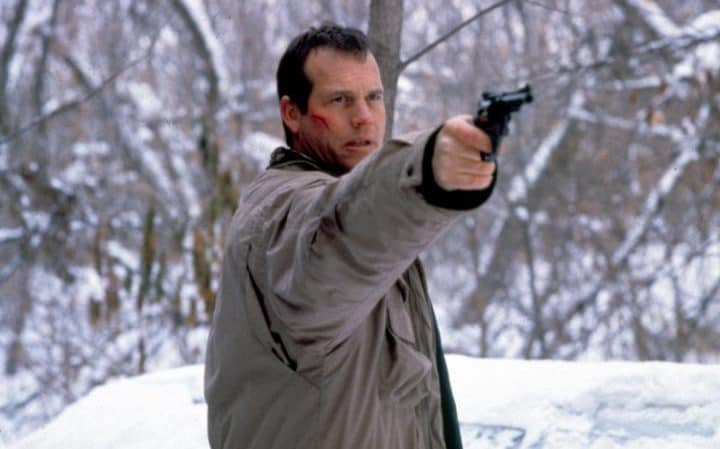
Sam Raimi rose to success as one of the wackiest, outlandish horror directors of the 80s with his classic “Evil Dead” trilogy. Infused with its off-kilter visual finesse, excessive gore, and slapstick comedy, it was the most distinct horror franchise in a sea of formulaic offerings, and it also managed to create the ‘splatter’ subgenre for its efforts.
Since Raimi’s breakthrough, he’s jumped across all sorts of genres outside of horror, including Spaghetti Western (“The Quick and the Dead”), sports drama (“For the Love of the Game”), TV fantasy/adventure (producer of “Xena” and “Hercules”), and most prominently, the superhero spectacle (the original “Spider-Man” trilogy). However, none displayed a stronger quality than his underseen neo-noir film “A Simple Plan”.
Raimi took a cue from his ‘splatter’ brethren Peter Jackson and the sly move he pulled with “Heavenly Creatures” (1994); to successfully break out of the genre ghetto, one must make a mature and devastating drama that would act as a beacon to the studios that a mature and underutilized talent is hidden beneath all the blood and guts.
It was a partially successful play, and the resulting film is his hidden masterpiece. The film is a pitch-black morality tale that ends up as a Shakespearean tragedy as two small-town brothers, one successful and beloved (Bill Paxton) and the other a mentally-challenged black sheep (Billy Bob Thornton), find a crashed plane containing a suitcase full of money, and they decide to keep it. Things spiral into a worst case scenario quickly from there, as it often happens.
Raimi managed to show a restrained adult quality not displayed before in his work, with an icy cold, doom-laden atmosphere with wonderful performances peppered throughout the cast. Yet, he never neglected his dark roots, as the suspense scenes are nail-biting and the violence is surely not for the squeamish. It was an impressive piece of work that was strongly passed by most critics, yet those who caught it championed the piece, which would finally lead to Raimi rightfully entering the blockbuster pantheon.
3. Beatrice Cenci (1969) – Lucio Fulci
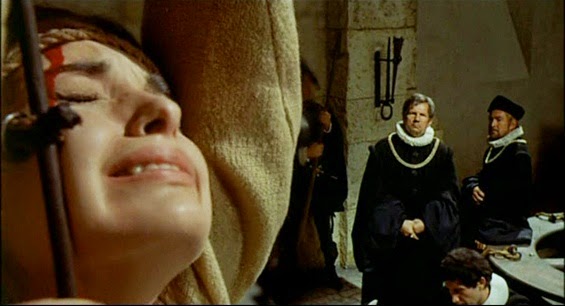
There’s no arguing that Lucio Fulci is an iconic filmmaker on the horror scene with his trademark grimy and unrelenting atmosphere, prolonged and repulsive death scenes, and devastatingly downbeat scenarios – you’ll definitely want to take a shower immediately after seeing one of his filthy features. With a string of cult classics in his filmography (“Zombi 2”, “The Beyond”, “The House by the Cemetery”), he’s easily etched his name in the top category of Italian genre filmmakers.
Still, whilst his later work tends to get the most attention, he was far more interesting as a storyteller before he let his bloodthirst take over – certainly the movies celebrated by the gore-hounds deserve their reputations, but one gets the impression that his priorities were focused on grisly, almost pornographic kill scenes, with little priority given to the other elements of the film (story, acting, etc).
Yet, that’s not the case with this historical drama with an elaborately jaw-dropping style and a rich, dense plotline. Centred around the noble, landowning Cenci family in the late 1500s, as the stunningly beautiful Beatrice (Adrienne La Russa) awaits her execution, the film floats back and forth from the past to present in a dreamlike unorthodox style, slowing peeling away the dark secrets held by the family.
The middle ages were a dirty and brutal era, even amongst the wealthy; Fulci dives into this lush drama with a fantastic eye for historical detail, painting a believable and grimy picture of the time. Regardless of his meager budget, he makes the film look like a million bucks.
His directing style is immaculate, creating a disorientating flow of shots that unpredictably and without warning move from past to present, creating a mosaic-like picture of a ridiculously dysfunctional family. And despite all the torture and violence on display, Fulci shot everything with such class and beauty that it’s strange to think of the gross perversions that would emerge later from his brain.
Also, for all the accusations of masochism later in his career, the director does a wonderful job of pulling us into La Russa’s hypnotic performance; Beatrice is a complex and tragic character, and has an arc that is unpredictable as its structure.
The film is fairly obscure and overshadowed by the director’s prolific horror output. It’s stunning to see what neglected talent festered in Fulci with this film; it’s closer to Visconti then Bava, yet Fulci completionists and historians that have seen this film are quick to note that this film is not just his best non-horror film, but his finest cinematic achievement in general.
2. Edmond (2005) – Stuart Gordon
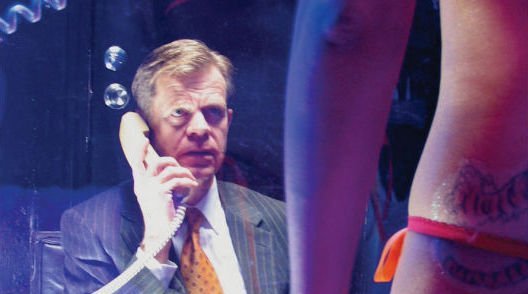
With the big resurgence of horror in the 2000s, plenty of overlooked directors finally got their due with money from producers to back them up, and Stuart Gordon happened to be one of those lucky fellows.
After directing the twisted splatter classic “Re-Animator” (1985), the Chicago-based filmmaker landed a series of genre movies that did well enough, but hardly received unanimous praise like his original debut. It’s a pity because he’s an arrestingly distinct voice in the genre, falling somewhere between the raw depth and intellect of Cronenberg and the adrenaline-fueled genre kicks of Carpenter.
He had dabbled in sci-fi in the past (“Fortress”, “Space Truckers”), but the early 2000s saw an exciting and different period of cracking movies quickly and suddenly emerging from him – “King of Ants” (2003), a nightmarish and vicious noir; and “The Black Cat” (2007), a subversive take on Poe’s story. Yet, the best of them all was “Edmond”, a blunt and forceful adaptation of David Mamet’s controversial play.
Gordon came up with Mamet in the Chicago theatre world, and it was fitting that the two would collaborate again after the years had set them on different paths in the celluloid realm.
The film is centred around an angry and bitter white-collar worker (William H. Macy) as he walks out of his marriage and job, and descends into the sordid nightlife of sex, violence, and ultimately murder. Macy’s lead is hardly lovable – racist, masochistic, and angry about everything, his character is a tour de force that’s given at least an air of levity with Macy’s fascinating portrayal of a crumbling protagonist with a lot to say.
Certainly, it’s truly Mamet’s story (it was a deeply personal venture for him), through the blade-sharp dialogue, the hot-potato subject matters, and through to its gobsmacking emotional pathos in its finale.
Many critics stepped over the film claiming Mamet’s fire had dated since its initial stage production; however, that’s where Gordon needs the credit. He carefully turns its theatrical nature into an exciting cinematic experience with a barrel load of fantastic performances, which results in a thought-provoking and philosophical piece that needs to be given its due.
1. Big Trouble in Little China (1986) – John Carpenter
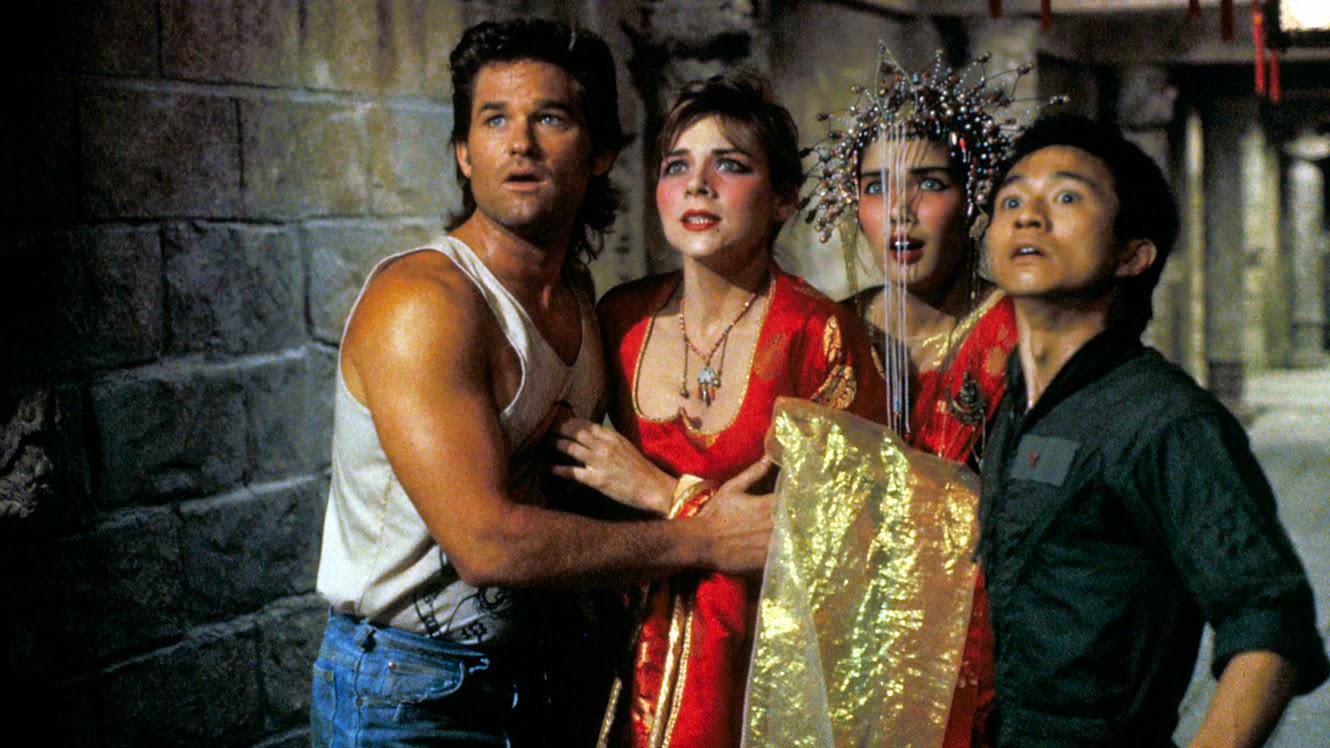
John Carpenter is widely regarded as a ‘master of horror’, and with his impressive track record in the genre (“Halloween”, “The Thing”, “In the Mouth of Madness”), who could argue with that title? Yet, he’s dipped his toes into several other types of movies over his vast filmography.
Just look at the majority of his stellar (bar one) collaborations with best buddy Kurt Russell – sci-fi/action (“Escape From New York”), musical biopic (“Elvis”), and “Big Trouble in Little China”, a completely insane martial arts/fantasy spectacle. In this film, Russell plays a trucker with the IQ of a bag of hammers, who becomes embroiled in a kidnapping scheme that opens up a mythical Chinese underworld brewing in San Francisco’s Little China district.
Carpenter had been eager to direct a kung-fu movie since watching Tsui Harks iconic “Zu Warriors from the Magic Mountain” (1983). His unbridled passion for the subject, not to mention finally being given the keys to an expensive tent-pole studio release, are ecstatically evident, with one of his strongest synth scores (in collaboration with Alan Howarth) and his love for Harks, and with its machine-gun dialogue that’s delivered with glorious panache, helping accent the comedy angle.
In the action department, Carpenter throws every possible trick he has at the audience – stop-motion, wire works, Rick Baker’s glorious practical designs. Yet it all would have been moot without the fantastic performances and W.D. Richter’s script work on display.
Russell’s Jack Burton was a purposeful spoof of the ‘macho’ heroes of the era, as he literally stumbles into an Asian action movie. He’s clueless yet lovably game, matched excellently with fiery chemistry with Kim Cattrall, and menacing villain James Hong.
It was sadly a film way ahead of its time (Hollywood only became fascinated with Asian action cinema in late 90s), and the very expensive film bombed horribly at the box office, knocking the wind out of Carpenter’s career momentum and his pedigree with the studios. Luckily, it’s gained major cult success over the years and is easily one of his most beloved efforts to date.